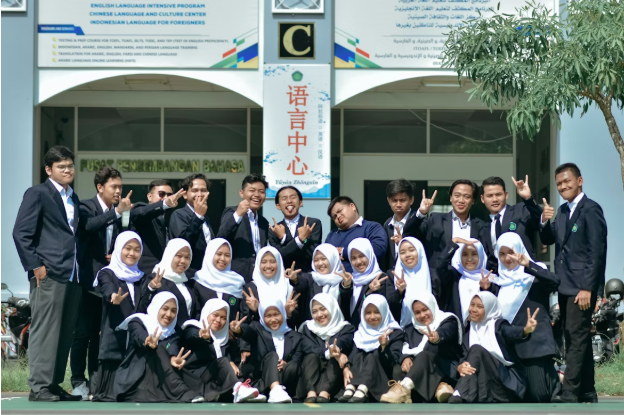
The dynamics of the business climate in the present day consequently require more efficiency in operation. Unfortunately, there are numerous organizations that experience inefficiencies in various processes that adversely affect productivity, cost, and even employees’ and customers’ satisfaction. These bottlenecks which can occur at any point of the business process from a production line to a customer service. These bottlenecks should be recognized and removed in order to increase the efficiency of operations and satisfaction levels. Thus, implementing various techniques can effectively improve organizational processes, minimize loss and increase organizational flexibility and responsiveness that can define a modern context of businesses’ functioning.
Identifying Bottlenecks through Process Mapping and Analysis:
The first effort that can be made to remove bottlenecks from your business process is the identification of where they are located. A useful method at this stage is process mapping, which can give a clear picture of how some activity is performed. One of the advantages of developing comprehensive process maps is defining the possible interaction chains and procedures of work at different departments to reveal the potential sources of constriction. It is essential to integrate effective tools like accounting software Pakistan, which can streamline financial workflows and provide insights for process mapping and analysis. Because it is not focused on the regular process flows, this allows for identifying such bottlenecks, excessive activities, and overlaps that might be less noticeable during work.
Implementing Lean Principles to Streamline Processes:
Lean management principles had been initially created in the manufacturing sector, but today they are applied practically in any kind of organization, and they can be effective in identifying and eliminating sources of waste. The focal concept of lean is, therefore, to provide the utmost value to the customer while at the same time avoiding the creation of value that is not needed. Thus, using lean technique, the organization can see many wasteful events and cut them out as well as achieve a good work flow. One key lean concept is the idea of “pull” systems, where work is only initiated when there is a demand for it, rather than pushing work through the system regardless of downstream capacity.
Leveraging Technology and Automation to Overcome Bottlenecks:
Often times, bottlenecks are realized in terms of capacity when manual processes are overwhelmed by the workload required or the depth of detail needed. Incorporating IT solutions and automation are some of the methods that can make a huge impact in eradicating these hurdles and streamlining the processes. This way, organizations can save working hours that can be devoted to more meaningful tasks, and moreover, avoid possible problems that stem from limited working capacities of workers, or their mistakes.
Optimizing Resource Allocation and Capacity Planning:
Effective resource management and capacity planning are one of the most critical success factors when it comes to combating and eradicating bottlenecks in business processes. At many times, the arrangement of resources is not properly done in relation to the various phases of a project and this ends up creating congestion at some places and idleness in other locations. Thus, by adopting tight resource management techniques the head of the organization can be sure that every stage has the capacity to carry out it tasks.
Fostering a Culture of Continuous Improvement and Empowerment:
As much as technology fixes and process efficiencies are required, building a culture of waste reduction is the ultimate secret to sustainably addressing process hitches. This involves creating a culture where employees, starting from the rank and file, are allowed to report possible areas of waste and give recommendations on how these can be eliminated. This way organizations get input on process improvement from the employees who are most familiar with the task, and thus the organization reaps big. Moreover, invest in the best accounting software in Pakistan to streamline financial operations and enhance overall efficiency. Putting in place a structured program for continuous improvement, like Total Quality Management (TQM) or Six Sigma, can also offer a methodical way to find and remove bottlenecks.
Summing up, the elimination of the bottlenecks is a complex problem which must be solved with the help of analysis, information technologies and organizational culture improvements. The caution here is to consider bottleneck elimination as a continuous process rather than an acute strategy. The thing is that while a business develops and expands, new constraints may appear, and the effectiveness of some processes may be questioned. Thus, organizations can steadily work to improve their processes and engage their employees in contributing to this process, which leads to more adaptive, efficient, and competitive business models for overcoming the challenges of the current business environment.




